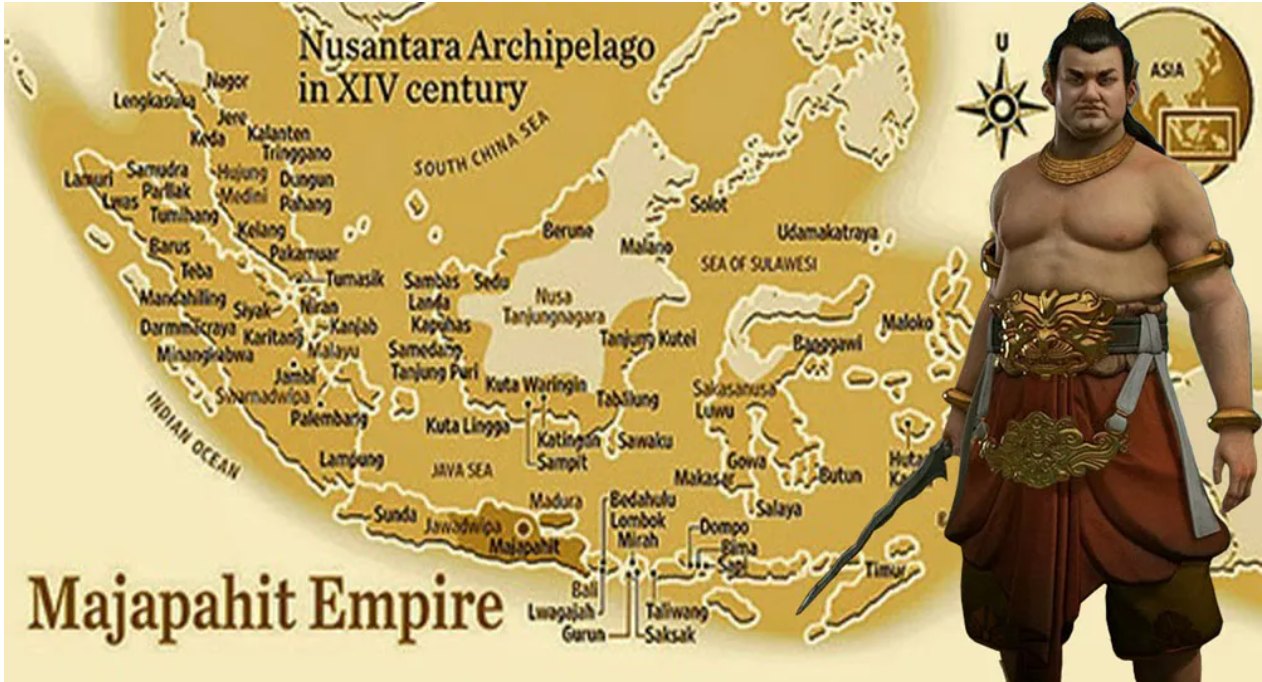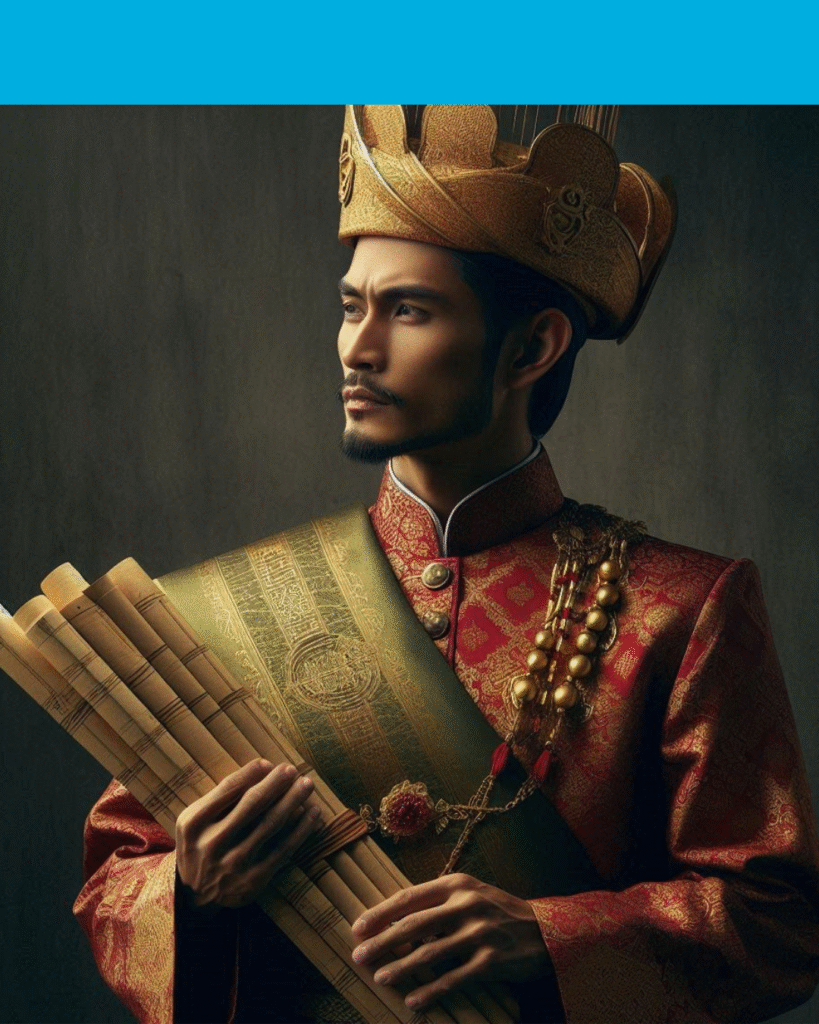Indonesia’s Lost Maritime Glory: What We Can Learn from Majapahit
Indonesia’s Lost Maritime Glory: What We Can Learn from Majapahit

Unveiling the legacy of Majapahit, the maritime empire that shaped Indonesia’s past and holds the key to its future dominance at sea.
In the heart of Southeast Asia, the Majapahit Empire carved an enduring legacy of maritime dominance and cultural sophistication. This Javanese Hindu-Buddhist thalassocracy, which flourished from the 13th to the 16th century, not only shaped Indonesia’s political landscape but also cemented its identity as a formidable maritime power. Today, as Indonesia strives to reassert its maritime heritage on the global stage, the lessons of Majapahit are more relevant than ever.
What Was Majapahit?

Majapahit was more than a kingdom; it was the embodiment of power, trade, and cultural fusion in the region. Established in 1293 by Raden Wijaya, it reached its zenith under King Hayam Wuruk and his visionary prime minister, Gajah Mada, in the mid-14th century. The name “Majapahit,” derived from the Javanese words for “bitter maja,” references the bael fruit found in Trowulan, its capital.
At its height, Majapahit’s vast maritime network extended across much of present-day Indonesia, including Sumatra, Java, and Bali, and reached into modern-day Malaysia, Singapore, Brunei, southern Thailand, and the Philippines. This expansive influence underscores Majapahit’s historical significance as the precursor to today’s Indonesia—a nation intrinsically linked to the sea.
The Rulers Who Shaped Majapahit

The rulers of Majapahit played a defining role in its rise to power. Raden Wijaya laid the foundation for territorial expansion, which was later advanced by Kalagamet and Tribhuwana Wijayatunggadewi. However, it was under King Hayam Wuruk and Gajah Mada that Majapahit reached its golden age.
Gajah Mada’s vision of Nusantara—a unified Indonesian archipelago—remains a powerful symbol of nationalism. His Sumpah Palapa (Palapa Oath), in which he vowed not to indulge in pleasure until he had united the region under Majapahit’s rule, resonates deeply with Indonesia’s contemporary aspirations of unity and strength.
Majapahit’s Influence: A Maritime Powerhouse

Majapahit’s influence extended far beyond its political borders. While direct control was strongest in eastern Java and Bali, its tributary states spanned the archipelago, exerting cultural and economic dominance across Southeast Asia. The empire thrived on maritime trade, controlling vital sea routes and fostering commerce with China, India, and the Middle East.
Its port cities became bustling centers of global trade, dealing in spices, textiles, and precious metals—an early testament to Indonesia’s strategic importance in world commerce. The legacy of this trade supremacy is evident in Indonesia’s modern ambition to reclaim its place as a key maritime nation.
Why Majapahit Still Matters Today

The resurgence of interest in Majapahit is no coincidence. As Indonesia moves to strengthen its maritime presence, its leaders and citizens are looking back to the empire that once commanded the region’s seas. Majapahit’s historical significance extends beyond nostalgia—it serves as a blueprint for Indonesia’s economic and geopolitical ambitions.
Moreover, Majapahit’s contributions to art, architecture, and literature continue to shape Indonesian identity. From temple reliefs to ancient manuscripts, its cultural imprints are woven into the nation’s artistic and architectural landscape. Recognizing this heritage fosters national pride and reinforces Indonesia’s unique cultural identity in a rapidly globalizing world.
Majapahit’s story is not merely one of past glory—it is a call to action. By embracing its maritime legacy, Indonesia can strengthen its strategic position in global trade, security, and diplomacy. Revitalizing the nation’s naval capabilities, investing in maritime infrastructure, and fostering a deep-seated appreciation for Indonesia’s seafaring roots are critical steps toward reclaiming Majapahit’s enduring legacy.
As Indonesia charts its course for the future, the Majapahit Empire stands as a powerful reminder of what the nation once was—and what it can be again.
Sources:
[1] Majapahit empire
[2] The Majapahit Empire
[3] Majapahit Kingdom: History, Lineage Of Kings, And Historical Traces
[4] Gajah Mada
[5] THE GOLDEN AGE OF MAJAPAHIT ART: THE PINNACLE OF JAVANESE CIVILIZATION
Images may be subject to copyright. Learn More
Share this new


